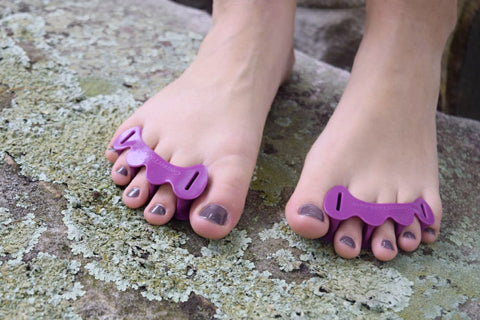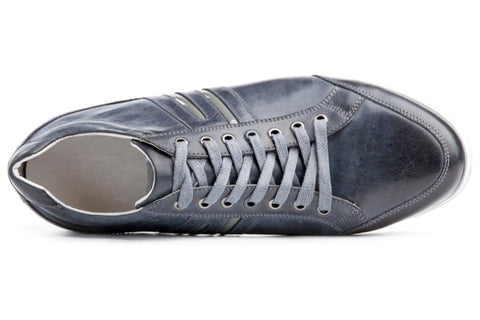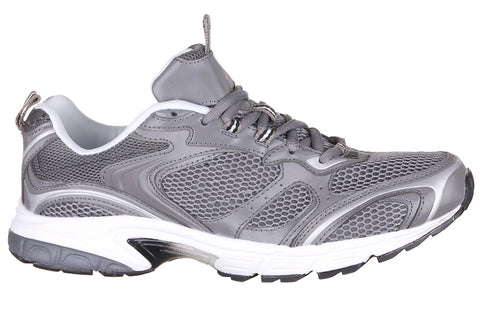Sever’s Disease

Sever’s disease, also known as calcaneal apophysitis, is a common heel problem affecting children. This heel bone disorder is often painful, though it’s usually temporary and causes no long-term health effects. With Sever’s disease, the Achilles tendon repeatedly pulls on the heel’s growth plate, causing microtrauma (i.e. microfractures), inflammation, and swelling in the affected area. Sever’s disease is similar to Osgood-Schlatter disease, which affects the knee. Inappropriate... Read more












